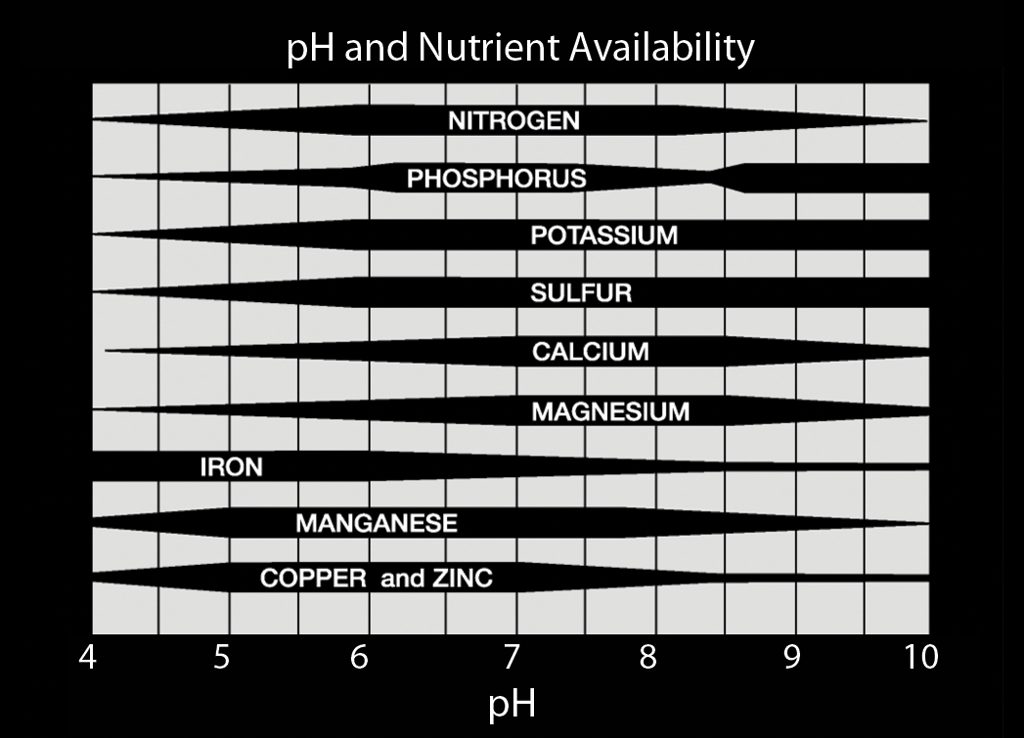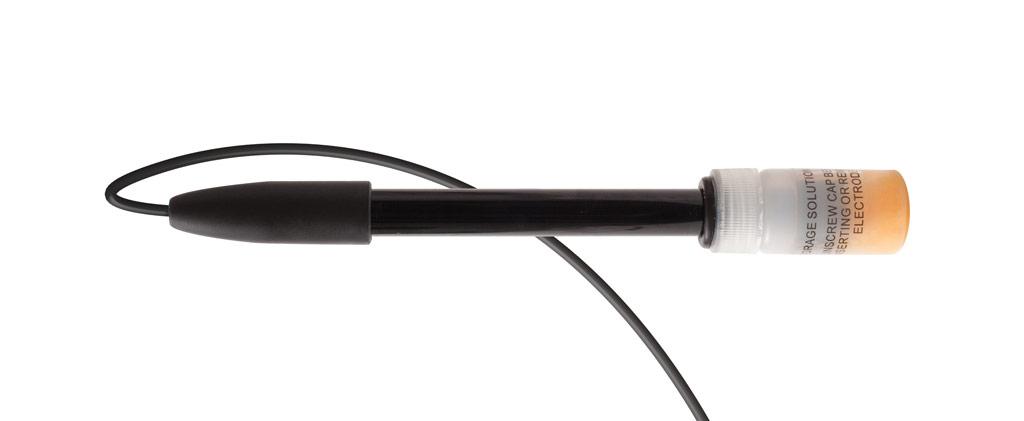When you think of pH, you probably think of liquid acids and bases. But soil can be acidic or basic, too. Soils with pH above 7 are basic or sweet. Soils with pH below 7 are acidic or sour.
The pH of soil is an important factor in determining which plants will grow because it controls which nutrients are available for the plants to use. Three primary plant nutrients—nitrogen, phosphorus, and potassium—are required for healthy plant growth. They are the main ingredients of most fertilizers that farmers and gardeners add to their soil. Other nutrients, such as iron and manganese, are also needed by plants, but only in very small amounts.

To measure the pH of soil, the standard method is to mix equal parts of soil and distilled water, let sit, and then measure the pH of the resulting slurry. Our regular pH Sensor has a glass bulb that performs very well in liquids, but is easier to break when used in this type of semi-solid. It can also be difficult to clean the soil out from around the glass bulb at the tip of the electrode. A more appropriate sensor is our new Tris-Compatible Flat pH Sensor. This new specialty pH sensor has two unique features that make if perfect for use in agricultural science courses and some biological applications.

- The flat glass sensing surface makes it ideal for measuring the pH of semisolids, such as food or soil slurries. While the glass can still break, it is thicker and the flat shape makes it less vulnerable than a bulb. It is easier to clean than a bulb, and the flat shape allows for smaller sample sizes, as well.
- It has a double-junction electrode, making it compatible with Tris buffers and solutions containing proteins or sulfides. Singlejunction electrodes, like our pH Sensor, will eventually become clogged with precipitates formed from the reaction between these compounds and the AgCl gel.
For all chemistry and most biology experiments, we continue to recommend our pH Sensor. The pH Sensor is custom calibrated, faster responding, and less expensive than the Tris-Compatible Flat pH Sensor.
